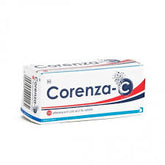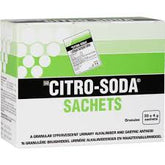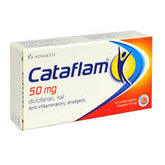featured Anosmia
On by ZimSeller Pharmacy 0 comments
Ankle pain
On by ZimSeller Pharmacy 0 comments
Angiography
On by ZimSeller Pharmacy 0 comments
Angioedema
On by ZimSeller Pharmacy 0 comments
Angina
On by ZimSeller Pharmacy 0 comments
Angelman syndrome
On by ZimSeller Pharmacy 0 comments
Aneurysm (abdominal aortic)
On by ZimSeller Pharmacy 0 comments





















